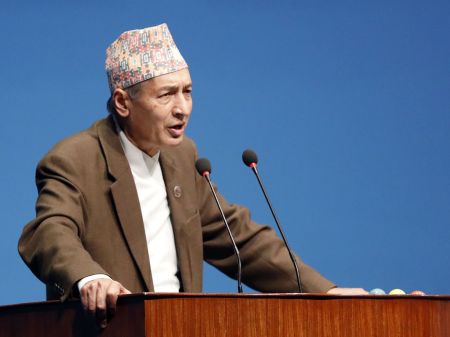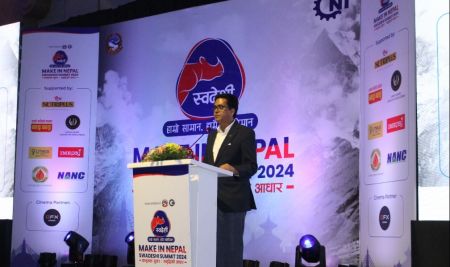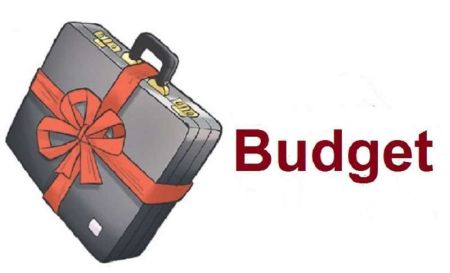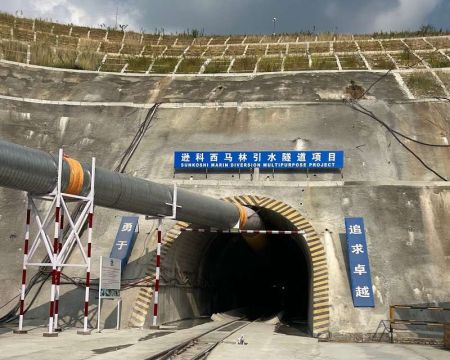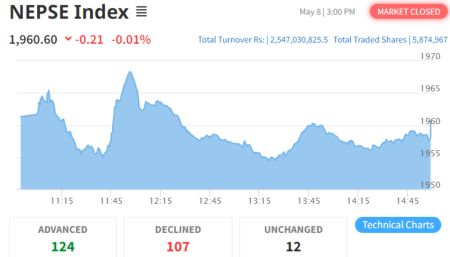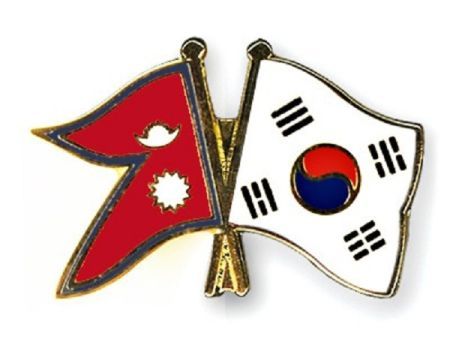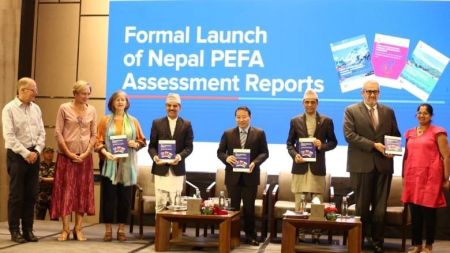BY Krishna Raj Bajgain
Government support has been recognised as an essential factor in enhancing the competitiveness of products in the global market. Cash incentives for exporters have emerged as a significant means of support adopted by numerous governments. Nepal has also implemented this strategy over the past five years following the guidelines outlined in the Export Incentive Work Procedure. Currently, 36 products are eligible for this incentive.
Products like polyester yarn, viscose yarn, acrylic yarn, and cotton yarn, along with woollen carpets, steel, processed and semi-processed large cardamom, readymade garments, processed jute and jute products, felt, woollen products, processed and semi-processed herbs, plywood, processed tea, dairy products (milk, cheese, Paneer, ghee, Chhurpi), Pashmina (cashmere, Chyangra, and its products), textiles, rosin, turpentine, catechu, medicines, handicrafts (crafted from copper, iron, brass, and lead raw materials) are eligible for the incentive.
Similarly, other products covered by this provision include processed and semi-processed ginger (dried, sliced, oil, and powdered), handmade paper and its products, footwear, Amriso, copper items (handicrafts, religious utensils, decorative items, and other utensils), semi-processed leather, clinker, silver and gold jewellery, cement, fresh vegetables, processed coffee, processed leather and its products, processed honey, Allo products, fruits, processed and semi-processed turmeric, floriculture, processed drinking water/mineral water, processed stones, and stone-studded jewellery.
According to the Export Incentive Work Procedure, 2022, these products have been classified into two groups. The first category comprises items eligible for a 5% incentive based on their export value, whereas the second category consists of items qualifying for a cash incentive of 4%. Among these items, 18 are eligible for 5% incentive, while the remaining 18 qualify for an incentive of 4%. Dairy products, fresh vegetables, fruits, processed and semi-processed large cardamom, and Amriso are eligible for the incentive only for exports to countries other than India.
Products need to have a value addition of 50% to be eligible for the 5% cash incentive. Likewise, products with 80% value addition enjoy an additional one per cent incentive. Moreover, exporters, who achieve a 20% export growth compared to the previous fiscal year, are entitled to an additional one per cent incentive. Furthermore, there is a provision for an extra one per cent incentive for goods exported under a collective trademark registered at the national level.
Nevertheless, if exporters cannot meet 50% and the value addition for such items falls below the specified threshold, they can still get a 4% incentive instead of the initially designated 5%. Products with 30% value addition are eligible for a 4% incentive. An additional one per cent incentive is provided for products that fulfil the condition of achieving 70 per cent value addition.
The total export value of the commodities listed in the procedures reached Rs 100.06 billion in the fiscal year 2022/23. These items were exported to 111 countries worldwide, with India topping the export list with a share of 59.82%. US and Germany followed, with shares of 16.45% and 4.04%, respectively. Other significant destinations for these products include the United Kingdom, Turkey, France, Italy and Canada.
The export of items eligible for 5% incentive constitutes a 25.69% share in the total export of items receiving this facility. The combined contribution of exports from the listed items accounts for 63.68% of Nepal's total exports in 2022/23.
The government has earmarked Rs 900 million to provide incentives to exporters in fiscal year 2023/24. However, the actual disbursement needed to provide incentives to exporters amounts to Rs 5.1 billion.
It is, therefore, necessary to make adjustments and introduce additional provisions in the system. Firstly, Nepal should adopt the pragmatic approach of allocating an ample budget with the estimate derived from the export performance in the previous fiscal year. Additionally, the system should encompass all export products of Nepal, moving away from the current practice of listing specific products in the schedule of the Work Procedure.
Likewise, the current procedural intricacies in obtaining incentives should be streamlined by implementing an automatic transfer of incentives directly to the exporter's account upon the deposit of foreign currency for the export in Nepali banks. To ensure the availability of adequate funds for export incentives, the Export Incentive Work Procedure should include the formation of a Cash Incentive Fund (CIF). It is equally essential to treat all exports uniformly, regardless of destination, distance, geography and region. These measures are necessary to boost the competitiveness of Nepali products in the international market.
(Bajgain is a Senior Officer with the Trade & Export Promotion Center. The views expressed here are his personal.)






